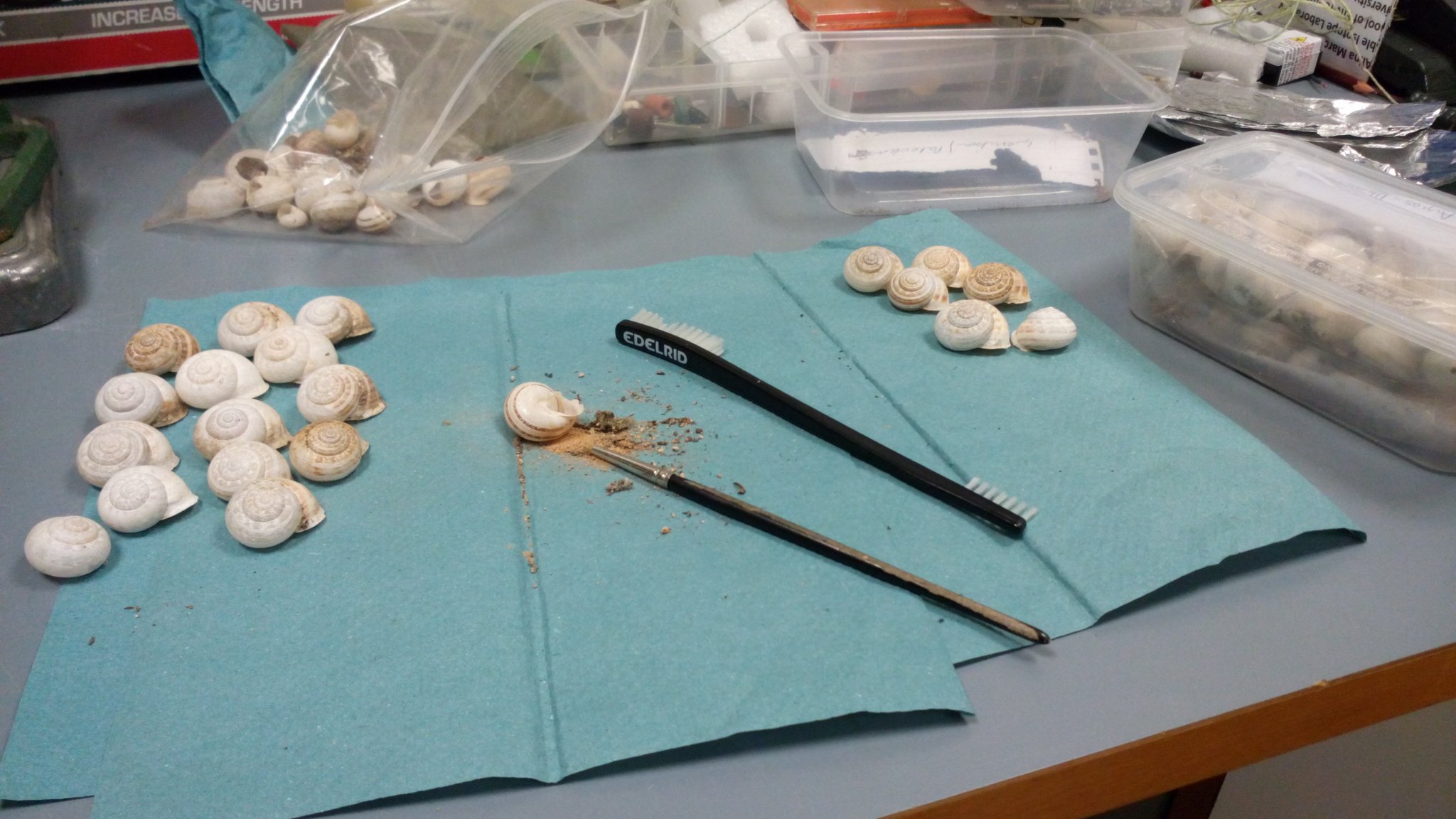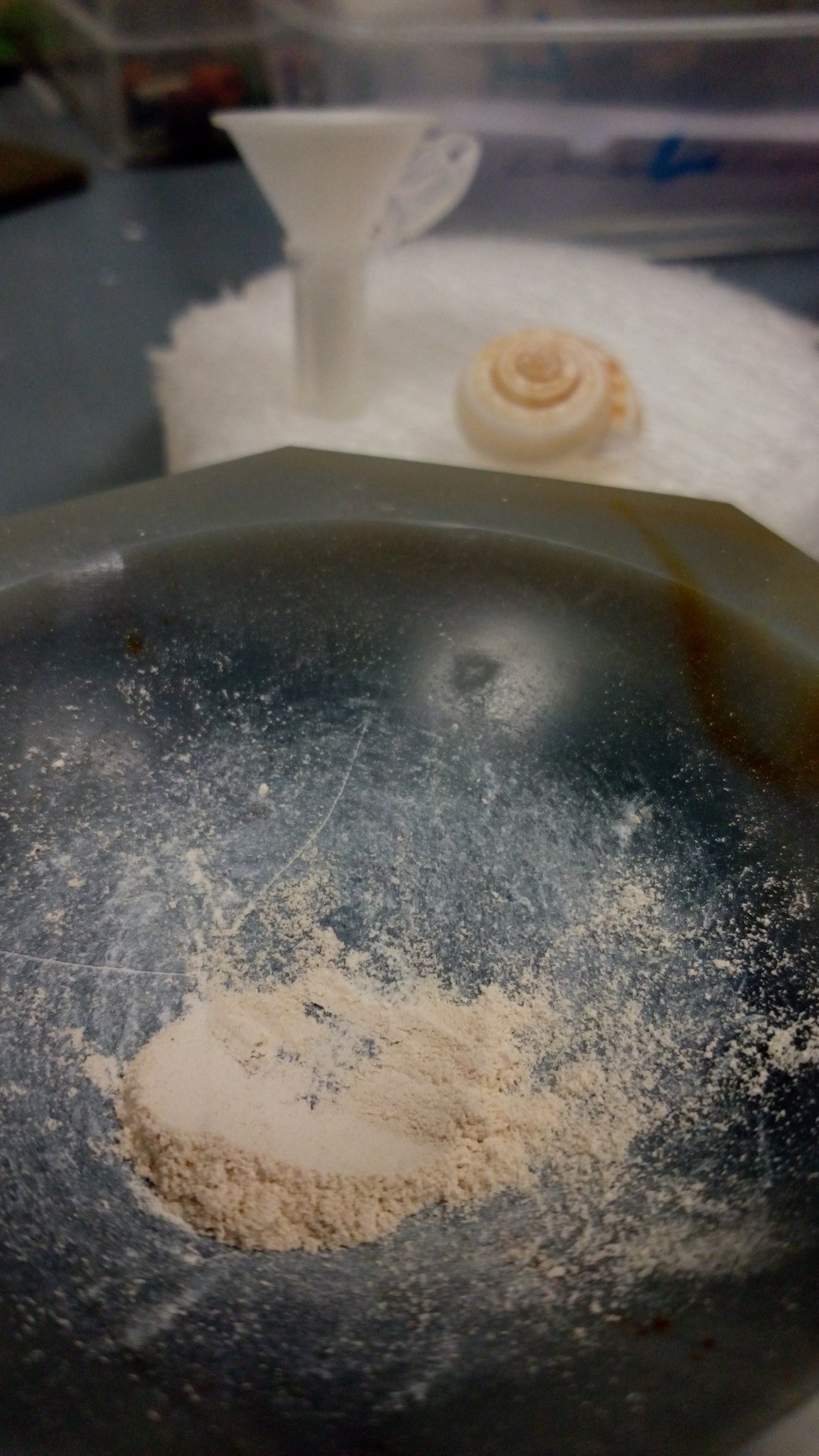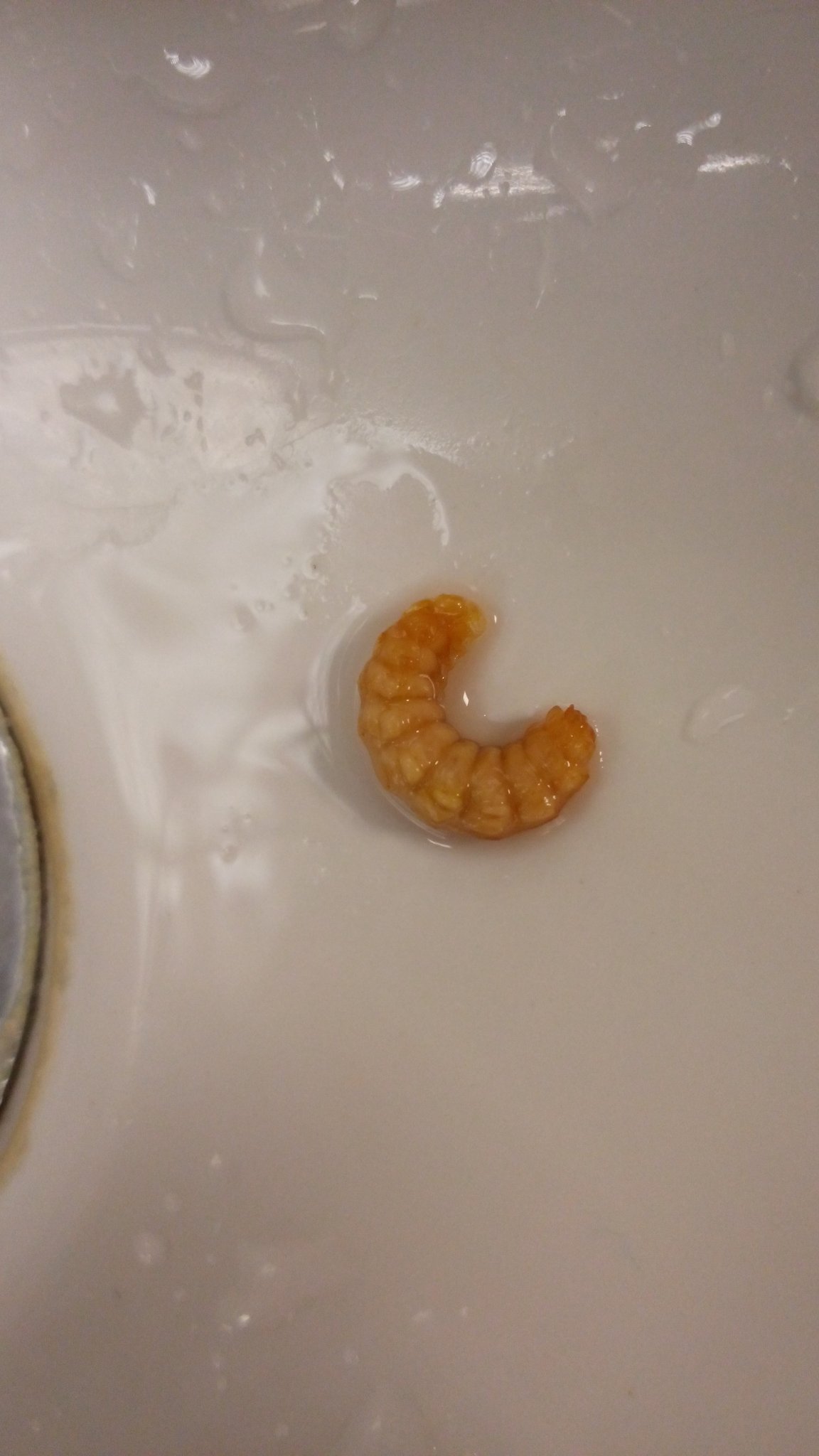For the last six weeks or so I’ve been working on a small
scale project to attempt to find out if stable isotopes in modern terrestrial
snail shell carbonate can provide reliable climate records in southern Cyprus.
This is a pilot study for an archaeologist (interdisciplinary or what?) who
hopes to use shells excavated from ancient settlements to see to what extent
changes in human behaviour (e.g. migration) can be linked to climate change.
The period she is interested in is during the mid-Holocene, around the time of
Sapropel one, when there are well documented changes between more arid and more
humid climate regimes. However these records tend to be from marine and lake
cores (my corals also showed evidence of a cool and wet period around this time
(Royle et al., 2015)) and so it is hard to directly relate them to distal
changes in human behaviour due to uncertainty in dating techniques and the effects
of local microclimates. Therefore getting climate data from the sites
themselves would be pretty handy.
Snails are good for this as they are a common find on
archaeological sites with most just being bagged, tagged and stored away; so
there is plenty of material to work on and recent work has been promising (e.g.
Prendergast et al., 2015a, 2015b). However, some species are burrowers and so could
be later intruders into the deposits meaning careful species identification is
necessary.
This has meant that the 3 days a week I’m not working at the
climbing wall I’ve been back in the Stable Isotope Laboratory with the
painstaking task of identifying, cleaning, crushing, weighing and analysing a
fuck-tonne (well a few smuggled Tupperware boxes worth) of modern snail shells
to see if they give consistent results.
Annoyingly, not being associated with the Environmental
Sciences labs in any official capacity (somehow working under the strange
umbrella of the ‘Art, Media and American Studies’, seriously, what the fuck???)
or have ANY research budget, means I have been completely reliant on friendly
technicians to let me into labs, donate leftover (highly toxic and corrosive)
chemicals and borrow equipment, which has meant a lot of wandering around the
maze of ENV looking for people with the necessary access rights, begging and
bartering.
I was given a few hundred snail shells that had been
collected (supposedly all already dead with no bits of snail inside them…) from
various localities around Cyprus to sort through and pick out the best for
analysis. Unsurprisingly, the helix of a snail shell is not very easy to clean,
although my re-appropriated bouldering brush did a good job of getting the
shallower dirt out.
 |
| So many snails to clean... |
After a day of repeatedly washing and rinsing and fishing globules
of rotten snail carcass from deep inside the shells the whole lab, my hands and
clothes stank of rancid mollusc, and they still needed a night in bleach and another
morning’s cleaning to get them properly clean. One had had a maggot living deep
inside it which took a lot of dislodging, while another wasn’t actually dead,
just aestivating (snail hibernation) and so was released into the shrubbery…
After they’d all been
cleaned and oven dried, each shell had to be individually ground into a VERY
fine powder with a pestle and mortar until completely homogenised. This took a
surprising amount of time and effort with my right arm suffering from some
major pump – pretty sure those few days’ work did more for my climbing
endurance than the whole winter’s training!
 |
| CRUSH,!CRUSH! CRUSH! |
70 micrograms (that’s 0.000070g) of each powdered shell then
had to be weighed out ready for analysis, that’s not a lot of shell, it’s
really quite fiddly using a really tiny spatula which is actually just a bit of
wire with a flattened end.
Surprisingly for the three runs necessary for the analysis
the mass spectrometer worked perfectly (read previous blogs to see what a
rarity this is) and from a first going over the data all looks pretty good and
sensible (which, again, is a rarity). There might even be a short paper in it,
so I can’t divulge too much here. But we’ll see, there are some rather big sciencey
things going on here right now, that are taking up most of my time, but more on
that in a future blog…


No comments:
Post a Comment